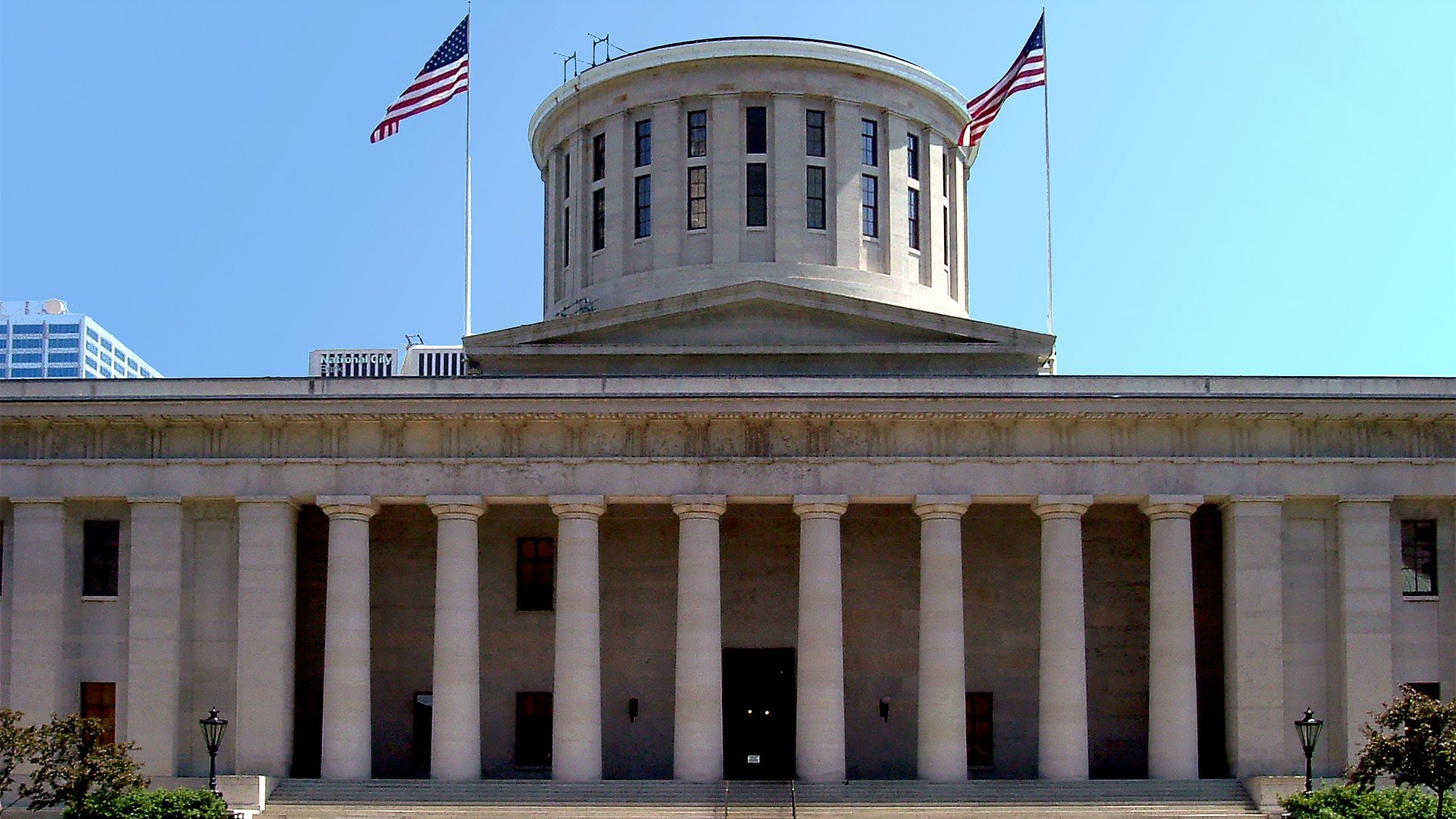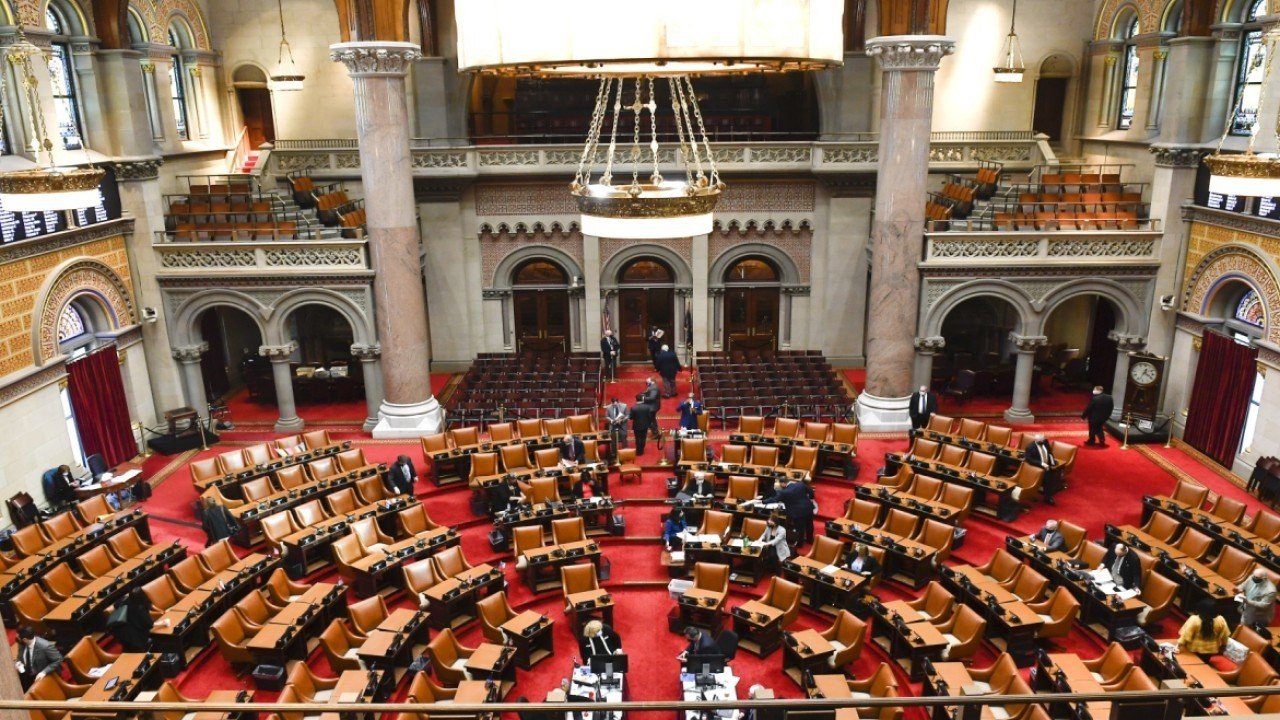Caesars agrees to debt restructuring plan

CEOC would also be converted into a publicly traded real estate investment trust. Caesars announced the bankruptcy plan on Dec. 19 and said that the restructuring will reduce CEOC’s debt to US$ 8.6 billion from the current US$ 18.4 billion. CECO operates 44 casinos in 13 states.
Caesars Entertainment carries a gaming industry-high US$ 22.8 billion in debt. In the SEC filing, Caesars said its needs 60 percent support from its first-lien debt holders by Jan. 9 for a restructuring support agreement to become effective. Caesars has not said when or where the company plans to file its bankruptcy reorganization plan. A company spokesman declined comment Monday.
Under the REIT plan, CEOC would operate as two companies. One business would own the casinos and another would manage the resorts. The casinos would sign 15-year leases with the REIT with four five-year renewals. Caesars Palace, the company’s flagship resort, would have a separate lease. The resort would pay a minimum of US$ 160 million a year in rent.
The other properties would pay a total of US$ 475 million in rent. The rent would include several provisions for adjustments. The rent for Caesars Palace could not increase more than 10 percent per year. The operating company would be required to make US$ 175 million in capital expenditures per year. It would be reimbursed $78 million or 37.5 percent of expenditures, whichever is lower, with several provisions for adjustments. The REIT would have first right of refusal to finance any operating company capital project that exceeded US$ 50 million.
The companies would each have first right of refusal on new projects – the operating company to manage any new property owned by the REIT, and the REIT to own any new property developed by the operating company. According to the filing, the operating company would also issue about US$ 1.7 billion in new debt and the property company would issue US$ 3.8 billion in new debt. Caesars Palace would issue $2.6 billion in new debt. As part of the restructuring plan, Caesars announced last week it would merge with another affiliate, Caesars Acquisition Co., which was spun off in 2013.
The transaction would provide Caesars US$ 1.7 billion in cash to be used for the reorganization. Caesars currently owns 58 percent of Caesars Acquisition. Caesars Entertainment has been saddled with its massive debt since 2008 when the company was taken private in a US$ 29 billion leveraged buyout by private equity firms TPG Capital and Apollo Global Management. In a Dec. 19 statement, Caesars the restructuring of CEOC would “establish a strong and sustainable capital structure” for the company.
Macquarie Securities gaming analyst Chad Beynon told the Press of Atlantic City the Caesars restructuring plan was the most complex “that has ever gone on in the gaming world.” Caesars could still face ongoing lawsuits from second-tier bondholders who have alleged that the restructuring removes some of the company’s best properties from the plan, which benefited TPG and Apollo. Shares of Caesars Entertainment lost 1 cent, or 0.06 percent, to close at US$ 15.45 on Monday. Shares of Caesars Acquisition Co. gained 34 cents, or 3.46 percent, to close at US$ 10.16.

















































